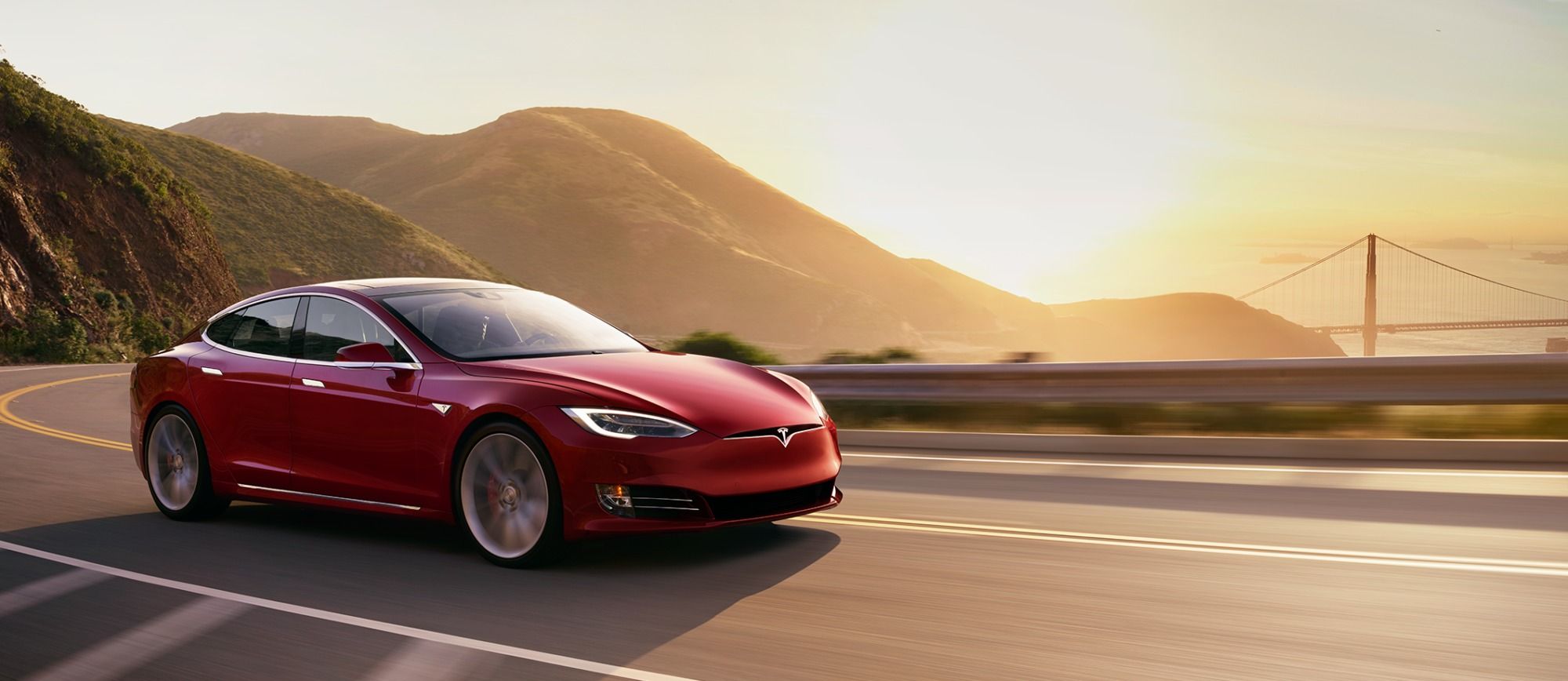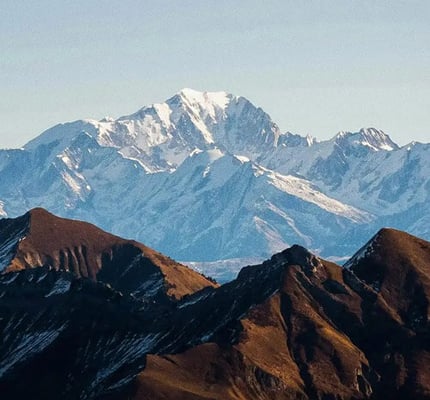Lightfoot Travel
WhatsApp Business Account

Consider the classic American holiday and your brain will automatically shift to add the words road trip. Route 66, Highway 61, The Pacific Coast Highway… All storied routes with good looks. All possessing iconic roadside diners, motels and glimpses of vintage Americana in the rearview mirror. I too was about to take a road trip, but one with a difference. I was about to witness the biggest change to the automotive industry since Henry Ford introduced the Model T more than a century ago. The car I was about to drive didn’t have an engine. I was about to take the electric Tesla Model S on a drive through California.
As cities go, there is no better place to begin a road trip than San Francisco, especially when at the wheel of an all-electric vehicle. Ground zero for the plug-in car industry, Silicon Valley is propelling the electric vehicle to greatness, thanks to the likes of the Tesla Factory, a cavernous white-roofed plant that manufactures cars like Apple builds iPads. Here, in Fremont, the world’s fastest-growing car company is creating an eco-utopia, making technology affordable and accessible to everyone.

My trip, from the Bay Area along the Pacific Coast Highway in a cherry-red Model S, begins as all A-grade road trips should: with a well-considered soundtrack in bright Californian sunshine. Jimi Hendrix, Janis Joplin, The Grateful Dead; they’re all cued-up on the playlist, a chronology of Summer of Love-era hits, starting with the flower-power hooks of The Beach Boys’ Good Vibrations.
I first drive north, to see San Francisco’s most storied addresses – hipster Haight Ashbury, the Painted Ladies houses on Steiner Street, snaky Lombard Street – and the appeal of the Model S quickly starts to make sense. Inside, on a high-tech, personalised motherboard, there is a 17-inch talking dashboard, with a touchscreen console, inbuilt playlists, maps, and all sorts of tricks. The piano-black interiors wow and there is a 200-watt seven speaker stereo system. It’s an oversimplification, but even before I leave the parking lot I feel like I’m driving a tablet on wheels. And that’s without having tested the vehicle’s almost-extraterrestrial zero-to-hero acceleration, or switching on the auto-pilot mode. I try to hold all of those things in mind and still drive sensibly across the Golden Gate Bridge.
As I turn south from San Francisco, I gliimpse my first sight of the old-growth forests and hazy mountain ridges that characterise the Santa Cruz Highway. Here, flanking the Henry Cowell Redwoods State Park, the road gently climbs, dissecting California’s northern midriff through foothills inhabited by cougar and mountain lion, before leveling off and plunging towards the shimmering Pacific coast.

Off the highway, I check in to a forest retreat resplendent in dappled sunlight filtering through the trees, before continuing a farther nine kilometres to the 1950s-era Santa Cruz Beach Boardwalk and Amusement Park. This is America as it should be, I think: bold, in-your-face and with an irresistible choice of dirty cheeseburgers, hot dogs and cream doughnuts. From the pier, as the sun dips into the Pacific, I look out across the surf-beaten coast, not in silence, but accompanied by a chorus of barks. Below me, a troop of resident sea lions argue on the wharf.
Heading south on Highway One the next morning, the strand of interstate begins to hug the coast, taking in a succession of towns that built the Californian myth in the first place. In Santa Cruz, I learn the Golden State has local resident and inventor of the wetsuit Jack O’Neill to thank for its surf folklore (and the O’Neill surf empire). At Monterey, on the southern lip of the bay, I discover John Steinbeck was inspired to write his classic Great Depression-era novel Cannery Row during a stay on the coast. Next, at Carmel-by-the-Sea, where artists and poets channel inspiration from the windswept bluffs and big blue sea, the mood is a celebration of nouveau riche, fairy tale living.
By the time I reach Big Sur, where the redwoods meet the surf and fog-trimmed cliffs head on, America’s most famous road-tripper – Jack Kerouac – has entered the picture. The area’s rugged coastline remains a wild, starkly-beautiful frontier and I soon understand why writers of the beat generation like Kerouac were first so inspired. I am, too. As he put it when he crossed America in a 1949 Hudson Commodore, “the world is suddenly rich with possibility.” And I couldn’t agree more.

The kilometres may be adding up, but the only thing I’m killing here is watts. The only way I could be greener is if I was walking on riding a bicycle. It’s impressive. But as the car clocks up 250km since leaving San Francisco, the road trip becomes less about the suitability and smartness of the electric car and more about the window-down views that are the hallmark of the Pacific Coast Highway. Bixby Bridge, arguably the most photographed, pullover stop on the route, leaves me slack-jawed; McWay Falls, a silver cascade from cliff-to-cove farther south, arrives with a similar knockout punch. Along the way, the road builds bend by bend, becoming a symphony as it curves past coastal hilltops and wooden groves.
Near journey’s end, I approach Santa Barbara, close to the end of my bucket-list road trip. Colonial Spanish architecture abounds, so too twisted bougainvillea and copper-red roofs, while chirrupy songbirds flit from swathes of eucalyptus and valley oaks. To go the full distance would soon see this serenity overtaken by the urban sprawl of Los Angeles, a love letter to the movies played out on concrete.
In a country blessed with such a gigantic motherboard of turnpikes and interstates, few roads rival those in California for sheer spectacle. Its empty highways represent not only a sense of opportunity and unlimited freedom, but also a glimpse of where we’re heading. Especially when at the wheel of an all-electric car that can talk to you.
CaliforniaUnited States of AmericaNorth America
CaliforniaUnited States of AmericaNorth America
